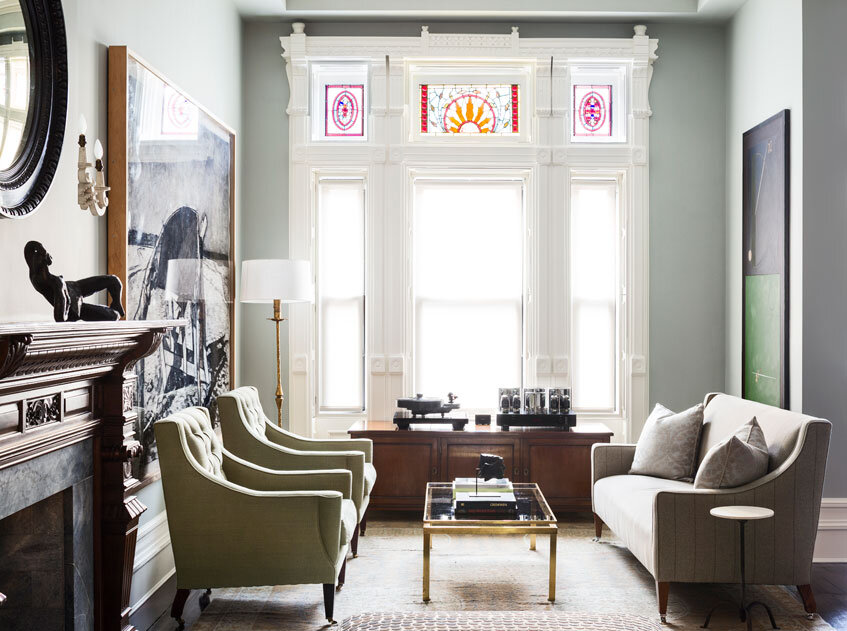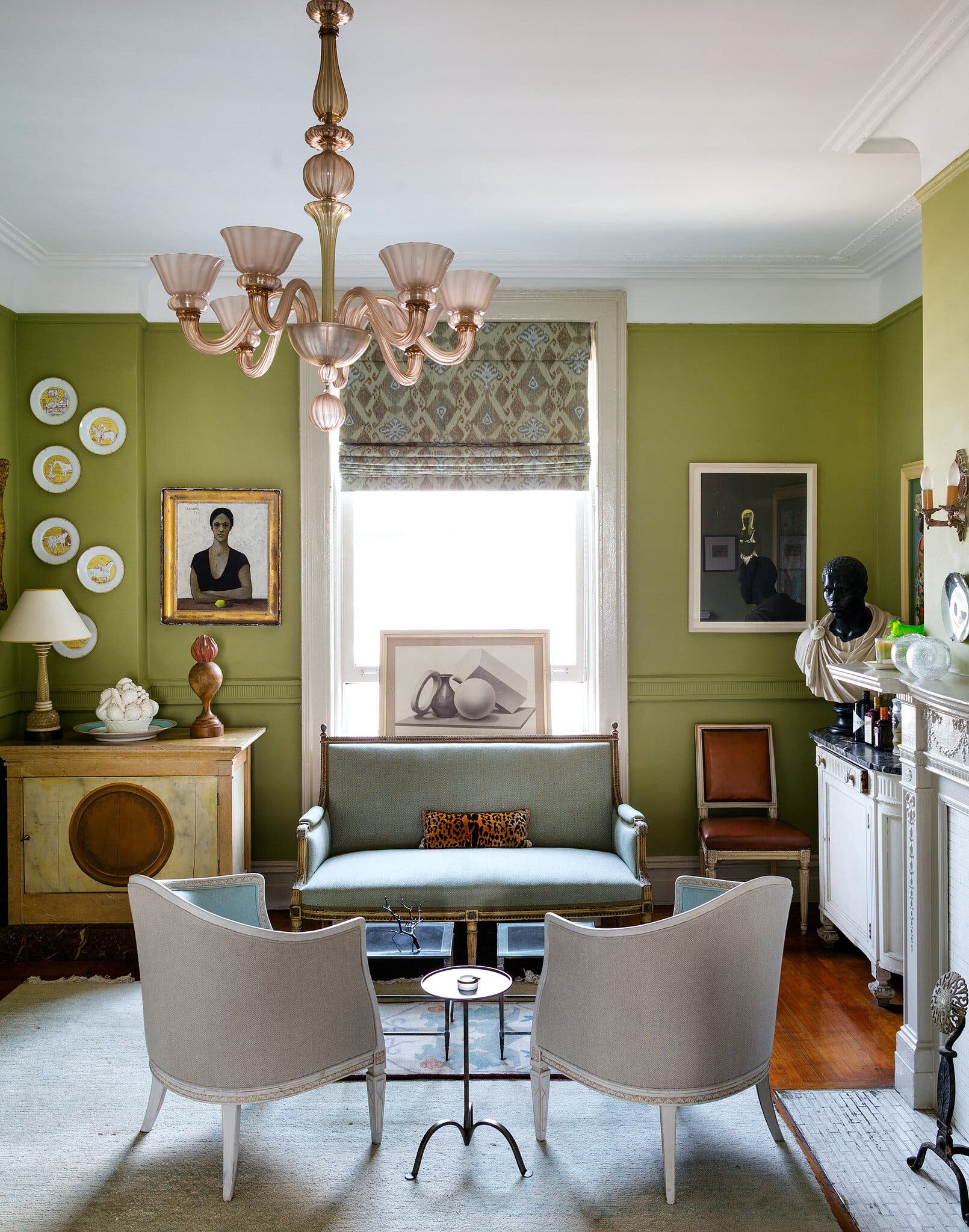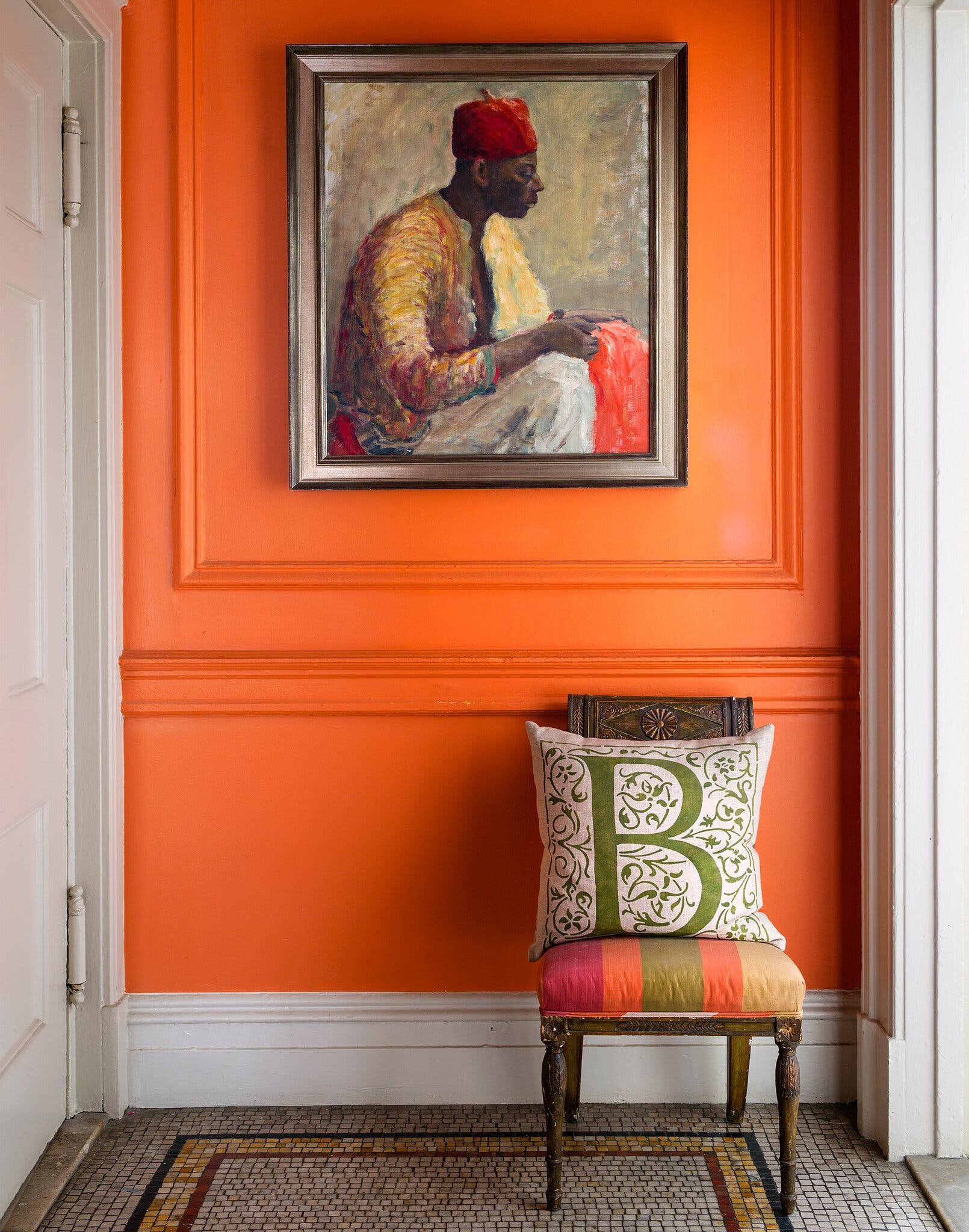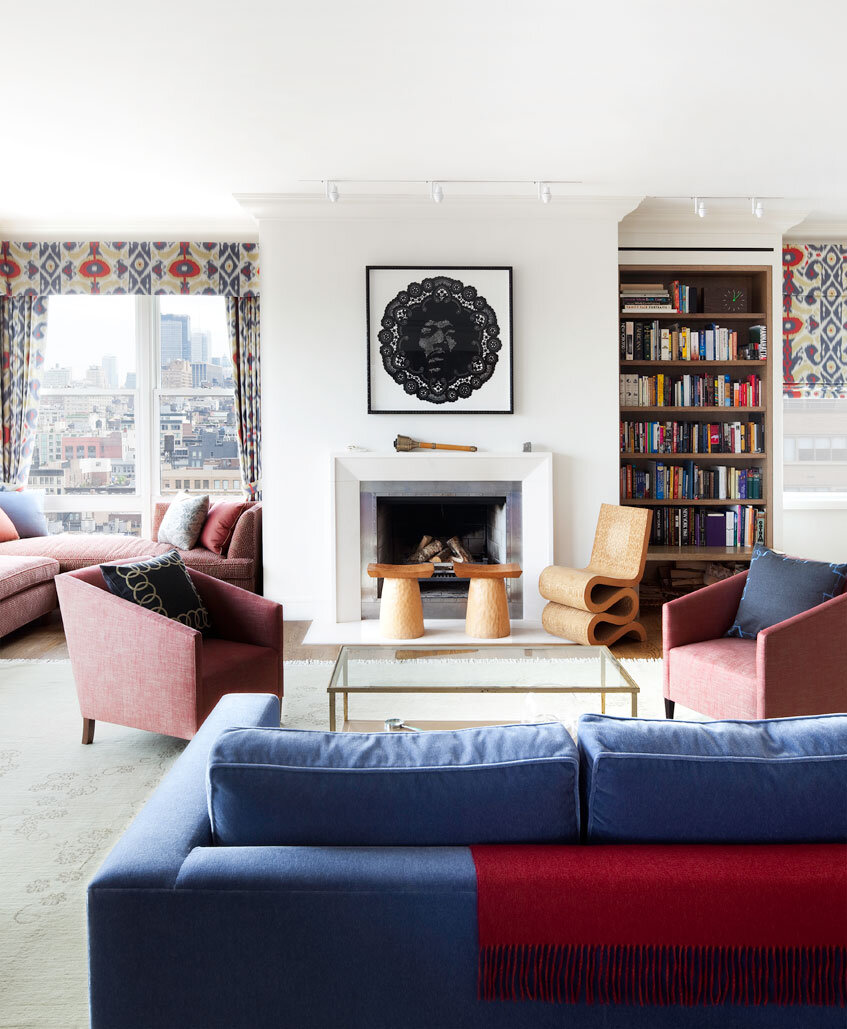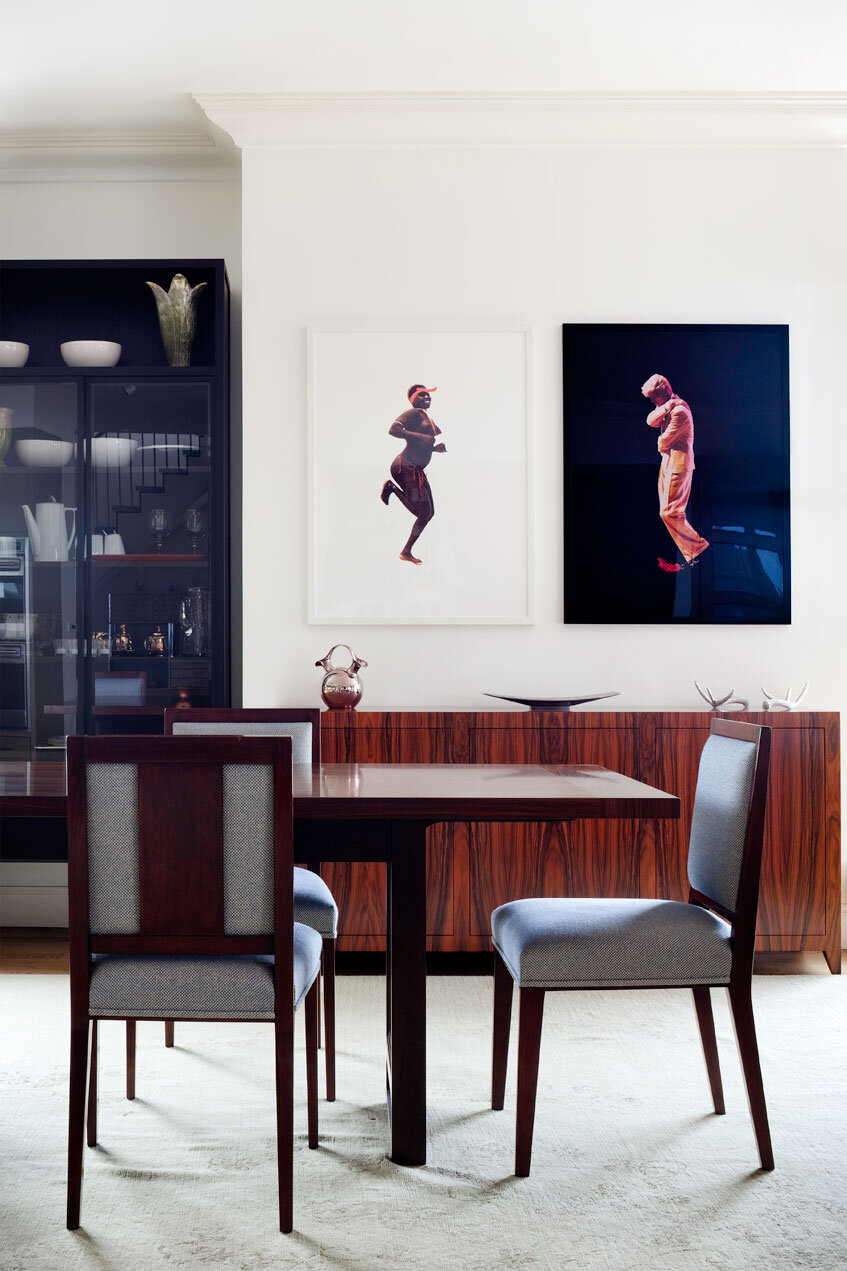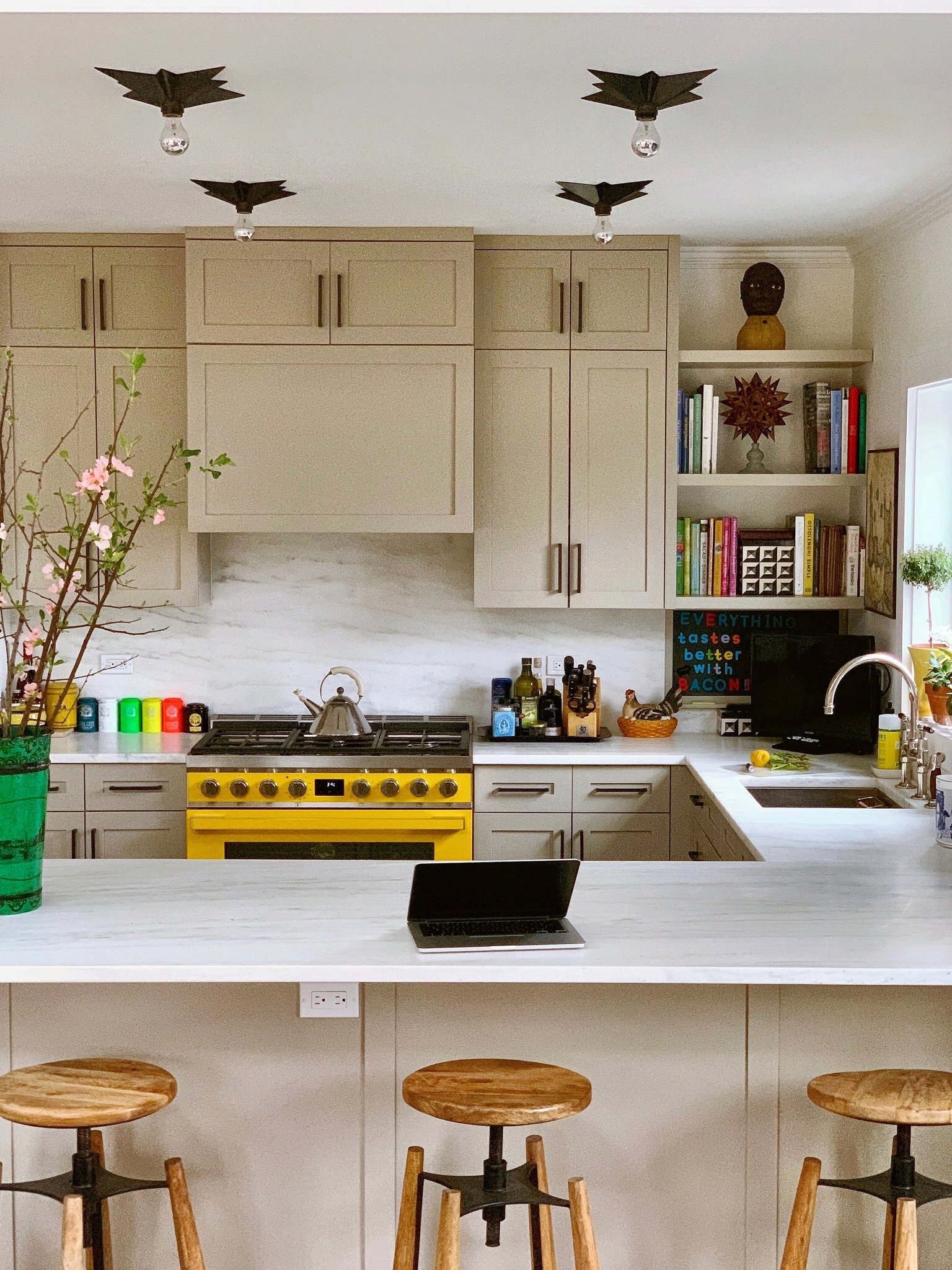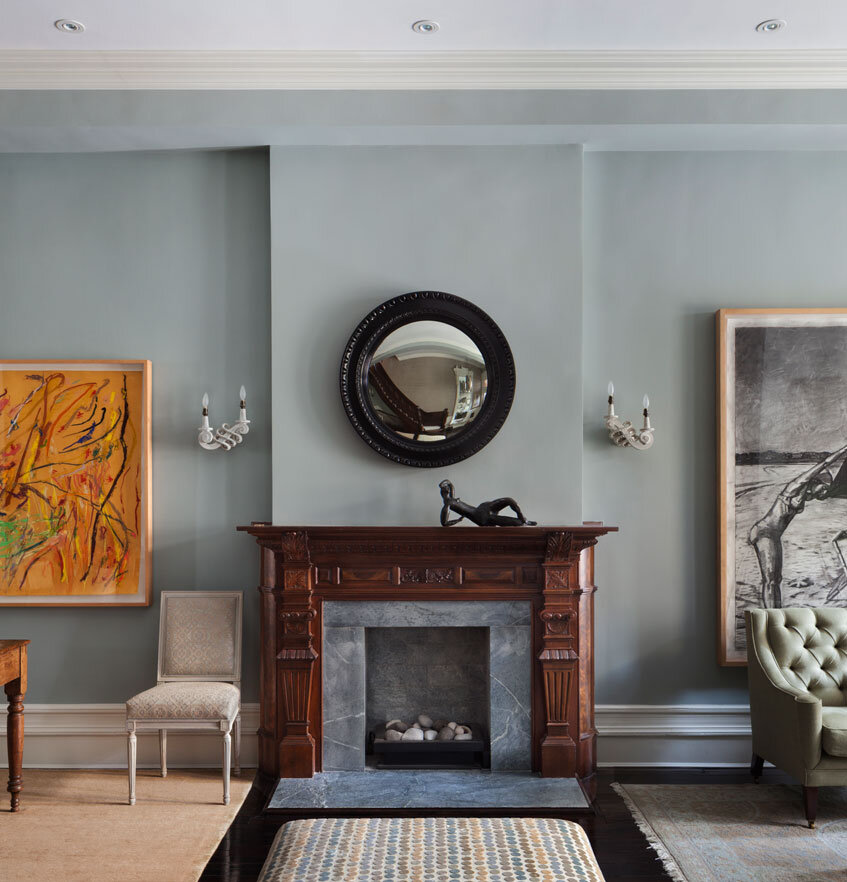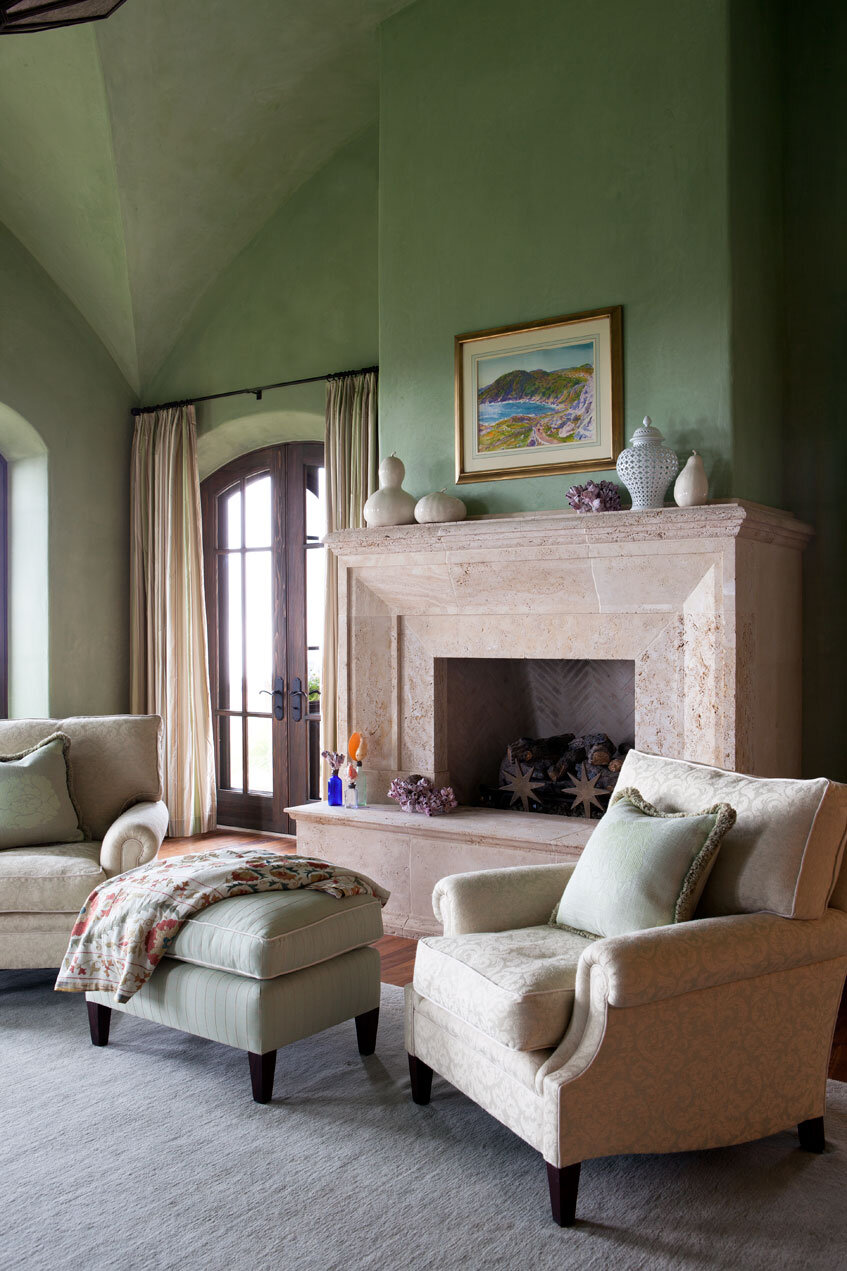SHEILA BRIDGES
“It’s important to have a home that makes you feel safe and comfortable, at ease and relaxed.”
1964 - now
Notable Clients: Bill Clinton, Tom Clancy, Sean "P. Diddy" Combs, Andre Harrell
This week on the blog, we are featuring another multi-hyphenate and an extremely talented interior designer. Sheila Bridges is not only a celebrated interior designer but also an author, a TV host and a product designer. In addition to being named “America’s Best Interior Designer” by CNN and Time Magazine, Bridges has also been included in Elle Decor’s A list and House Beautiful’s Top 100 Interior Designers list. She is one of the founding members of the Black Artists + Designers Guild, a directory of black creatives, including artists, architects and interior designers. The foundation’s main goal is to challenge the lack of representation of Black talent and culture in the design industry by providing visibility and opportunities to it’s members.
Sheila Bridges was born in Philadelphia in 1964 and moved to New York in 1986. She holds a sociology degree from Brown University in addition to her degrees from Parsons School of Design and Polimoda in Florence. After graduating from Brown University, she moved to New York with the hopes of becoming an account executive at an advertising firm. She was always creative but wanted to be in the business, and at the time advertising seemed like a good mix for her. However she was not very successful at landing a job in advertising and decided to try her chance in retail instead. She got a job at Bloomingdale’s as a trainee buyer, which she didn’t enjoy much. She started her interior design degree at Parsons School of Design while working at Bloomingdale’s and then began working at an architectural firm. After working at different architectural and design firms, she finally founded her own interior design firm in 1994. Her clientele list includes many high level entertainers, entrepreneurs and business professionals including the former US President Bill Clinton. She is one of the first designers to host a TV show on interior design. She hosted “Sheila Bridges - Designer Living” series for four successive seasons until she got diagnosed with alopecia, an autoimmune disorder that causes hair loss. She had to quit her show and gave a break to cope with public’s perception on beauty and traumatising affects of hair loss. Later she returned to design scene as a stronger woman who “was not defined by that hair” but by her talent, experience and creativity. In her own words, “at the beginning of (her) career, (she) didn't feel like (she) fit in, which is a continuing challenge for nonwhite designers, from product to fashion. Whether it's as a black interior designer or as a woman who has lost her hair because of an autoimmune disorder, (she) tries to be as visible as possible as a role model. (She has) spent (her) professional life focused on beauty. A personal transformation made (her) redefine what beauty is. “
Nonetheless, she is one of the most successful designers in America and continues to create inviting spaces with bold designs and strong colour choices. She is very talented at switching between styles, from contemporary to classical and bases her designs on the philosophy of creating spaces that will last. Her style can be described as bold and eclectic, though she personally doesn’t like the latter word. She “loves mixing old and new, modern and antique, and putting patterns and prints together in unpredictable ways”. According to Bridges, her style “could be described as modern classic… but a bit more edgy or urban.” She is mostly known for her bold colour choices and experimenting with different colour combinations. She likes to design low maintenance homes for high maintenance people. According to Mitchell Owens, decorative arts editor at Architectural Digest, Sheila Bridges “processes a world of inspirations through a very American prism of relaxation, of a lack of quote unquote rules. Her rooms are super approachable. I know that she herself is sort of an introvert, but she creates the most friendly rooms possible.”
People also know her as “Harlem Toile Girl” due to the iconic Harlem Toile pattern she created. Toile De Jouy is a traditional 18th century French pattern that historically features pastoral scenes from France. Sheila Bridges substituted traditional scenes with scenes of African-Americans doing “stereotypical activities” such as picnicking with watermelon, eating fried chicken and playing basketball. It’s iconic and genius in a sense that it puts Black faces in a context where they lack representation and subtly criticises the way African-Americans have been represented historically. Initially she created the design for her own kitchen wall but then decided to print it for trade when the person at the printing company found it very cool and worthy for trade. The Harlem Toile now comes in wallpapers, apparel and accessories in various colours and featured in many museums.
She has always been very outspoken on the topic of diversity and lack of representation of Black talents and tries to make a change by creating visibility and opportunities. “The design world is getting a little bit better, but there’s still a lot of room for growth and change and inclusivity and diversity and all those things that we’re trying to work toward,” she states, “none of us want to be the only one. I don’t want my legacy to just be about my own work. It’s also about bringing other people into the fold.” In an interview on Business of Home, she states that she “had to have all the boxes checked - had to go to Brown, had to go to Parsons” to be able to have a presence in design industry as a nonwhite woman as opposed to her white peers, and even then “licensing was always challenging, even with a hit TV show and a successful design book. As a women of colour I could not get a licensing deal to save my life back then.” Even though she is very active on the topic and proud to be one of the leading voices, sometimes she gets a bit tired of talking about her race instead of all the wonderful work she does. "The only panels I’m usually asked to participate in are panels about race and diversity. For most of us, it is a conversation we have to have. But some of us get tired of always having to talk about our race instead of our work. And always putting the responsibility on our shoulders, to do the heavy lifting” she says. Who can argue against that? She is a very inspirational person - an independent and strong woman, a highly talented designer and a true fighter. There’s so much more to her rather than her race, gender or illness.
For example, she is now designing embroidered throws and decorative pillows in partnership with the textile designer Patti Carpenter of Carpenter & Co. They are woven partly with wool from her own flock of sheep and handmade in Bolivia. This way, she gives Bolivian men the opportunity to stay at home while earning money instead of being forced to leave home to be migrant farm labourers. Now this is something to talk about!
Fun Fact: Before she moved in, her famous Harlem apartment was used for movies including Spike Lee’s “Jungle Fever”. Apparently the floor in her living room is still stained with fake blood from Samuel Jackson’s character and is hidden under the rug,
Books: Furnishing Forward: A Practical Guide to Furnishing for a Lifetime & The Bald Mermaid, A Memoir
References:
Elle Decor - 60 seconds with Sheila Bridges
Images:
1 - Image via Sheila Bridges
2 - Image of Harlem Town House via Sheila Bridges
3 - Images by Trevor Tondro for The New York Times
4 - Images by Dana Meilijson
5 - Left image via The New York Times & right image of Hudson Valley Cottage via Sheila Bridges
6 - Image of Harlem Town House via Sheila Bridges
7 - Images of Santa Barbara Residence via Sheila Bridges

